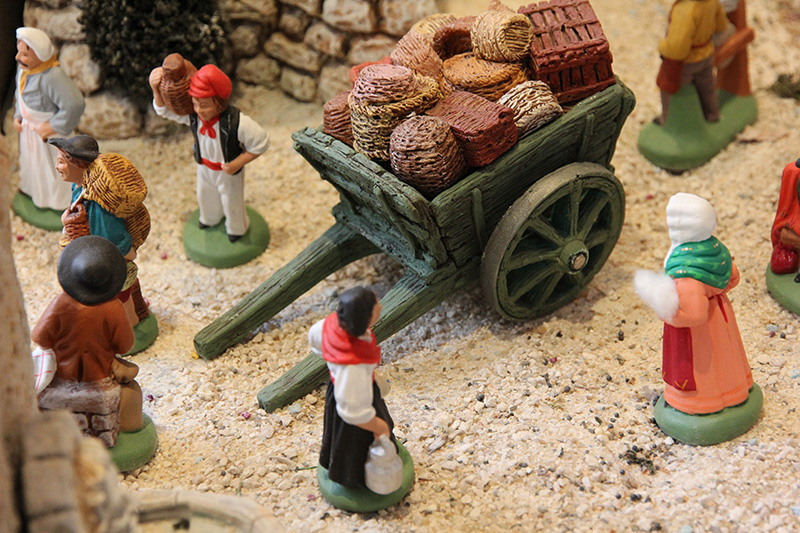
SANTONS PROVENCEAUX d’ESCOFFIER !MAGIE ET TRADITION DU NOEL PROVENCAL…
How Are Les Santons de Provence Made? Santons are still made by hand using traditional methods. They are made using clay from Aubagne, Aix, and Marseille. A model of a specific figurine is crafted completely by hand. From this model, a mold is made and is used to make subsequent santons. Once out of the mold, the santons are then hand-painted.
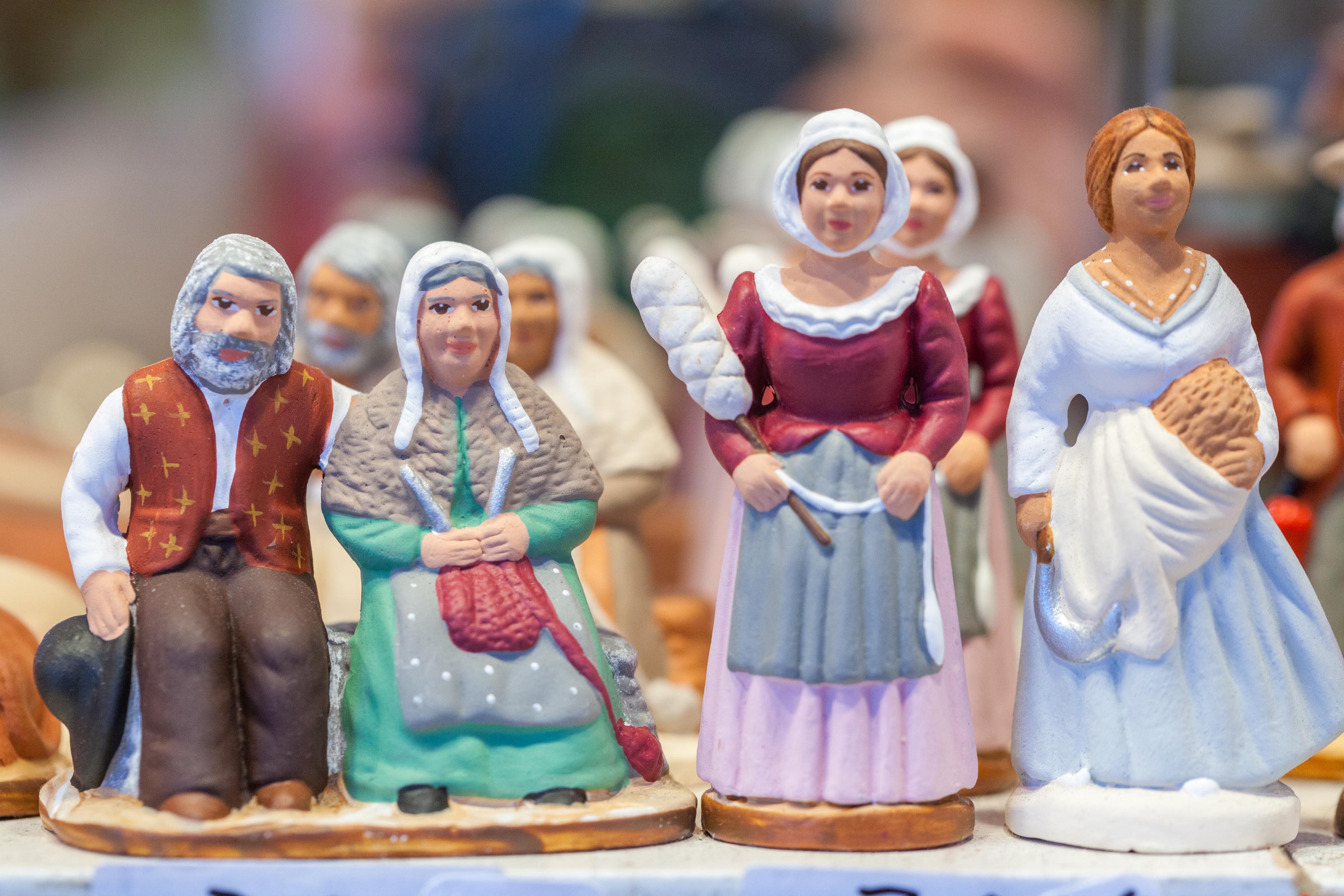
santonsdeprovenceaubagneaixmarseillearlescopyrightmaevadestombes_MG_0387 Délices
The sale of 180,000 santons, recorded in 1886, illustrates their persistently growing popularity despite the hostility from higher quarters. Today hundreds of santonniers work all over southern France, even far from Provence in the remote heartland of the Aveyron and the Lozère. It is Thérèse Neveu's hometown, Aubagne, that takes prominence.
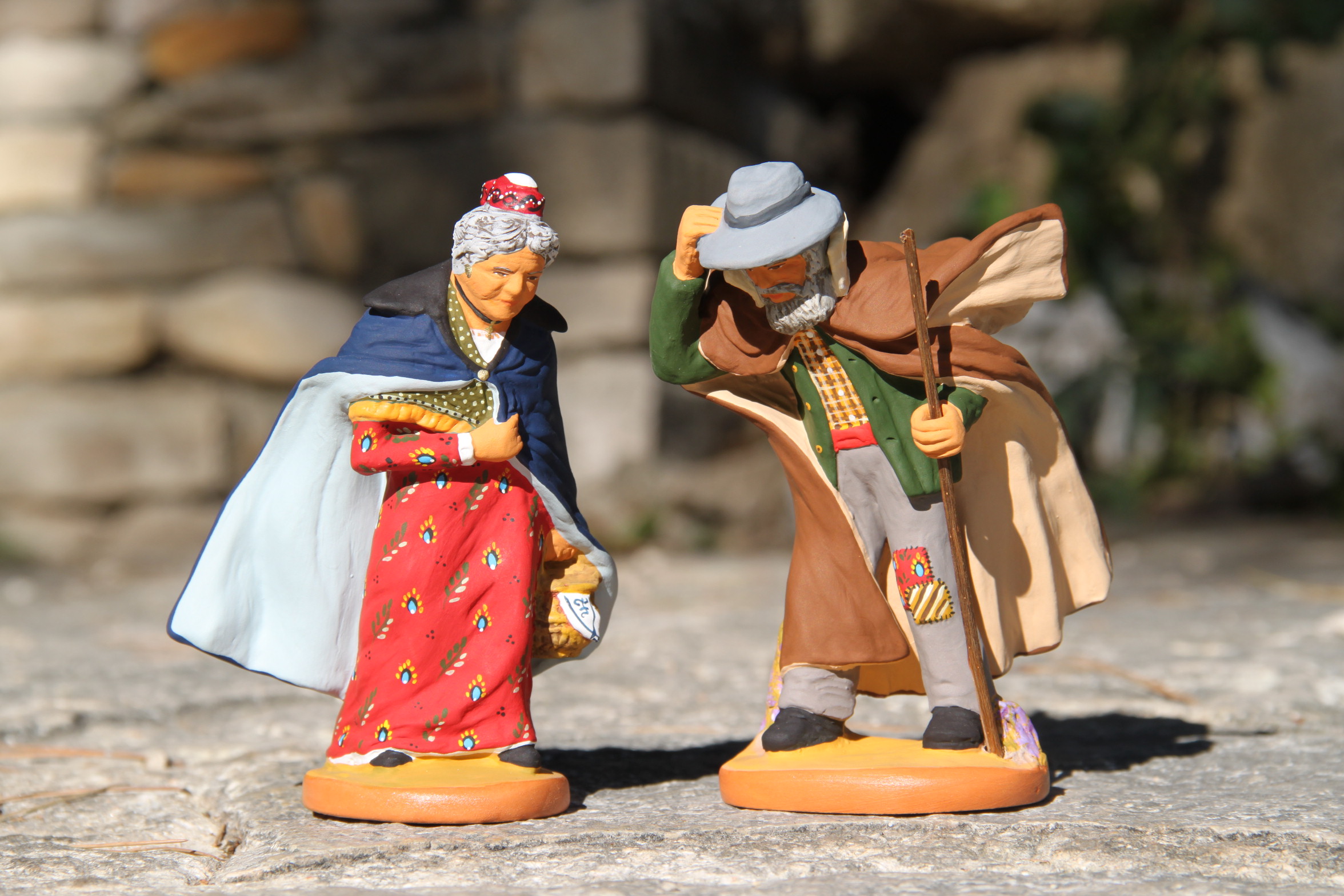
Noël la pastorale des santons de Provence You eternity
Santons de Provence. Les santons de Provence sont un incontournable quand vient l'heure des fêtes de Noël à Marseille. Quand le mois de décembre arrive en Provence, la tradition veut que l'on construise la crèche, afin de représenter la scène de la Nativité. Les petits personnages d'argile qui peuplent la crèche sont les santons.
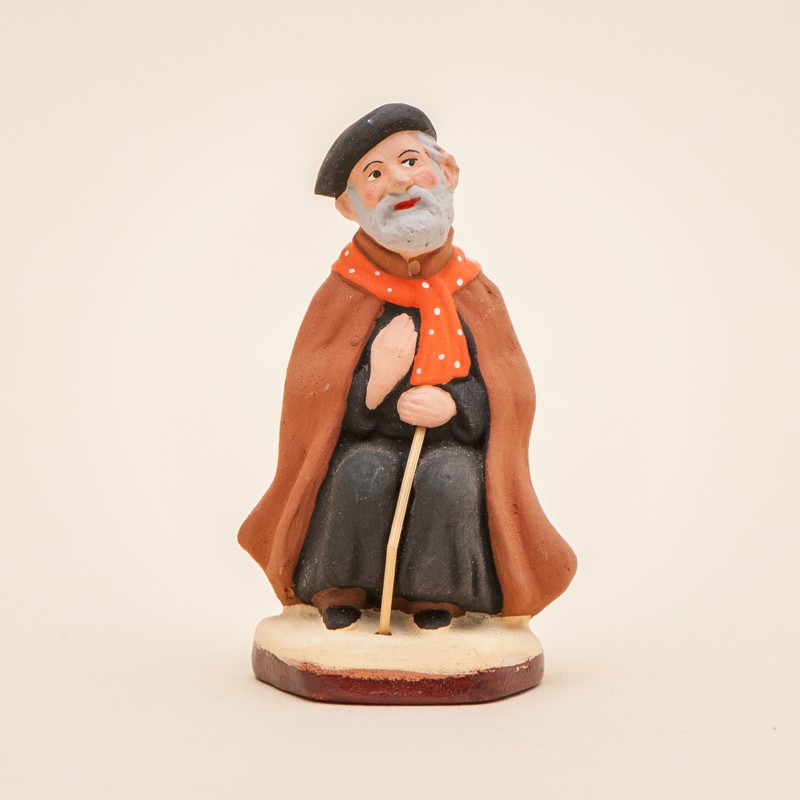
Santon de Provence L'Abbé des pauvres Santons Flore Aubagne
The Santons de Provence are made in 6 stages: sculpting, making the mould, moulding, trimming, firing and decoration. And to satisfy both those who love big cribs and those who prefer mini-santons, there are three sizes : the santon puce which is 1 to 3 centimetres high, the santon traditionnel which is about 10 centimetres high and the grand santon which can be up to 20 centimetres high.

Santons de Provence l’âme de la crèche méridionale Délices Santons de provence, Santon
Sir Francis of Assisi established the tradition of nativity scenes in 1223 with live enactments by people and animals during the midnight mass on Christmas eve in his church of Greccio, Italy. The tradition halted after the French Revolution, when many churches were closed. In 1803 the Santons of Provence were first created; small figurines.

Véritables Santons de Provence Provençale, Mistral & Arlésienne
Les santons sont des petits personnages qui décorent les crèches en période de Noël. Apparus en Provence dans le sud de la France, les santons représentent la Nativité chrétienne, mais également les vieux métiers, personnages et traditions provençales. C'est sous la Révolution française que naissent les santons.
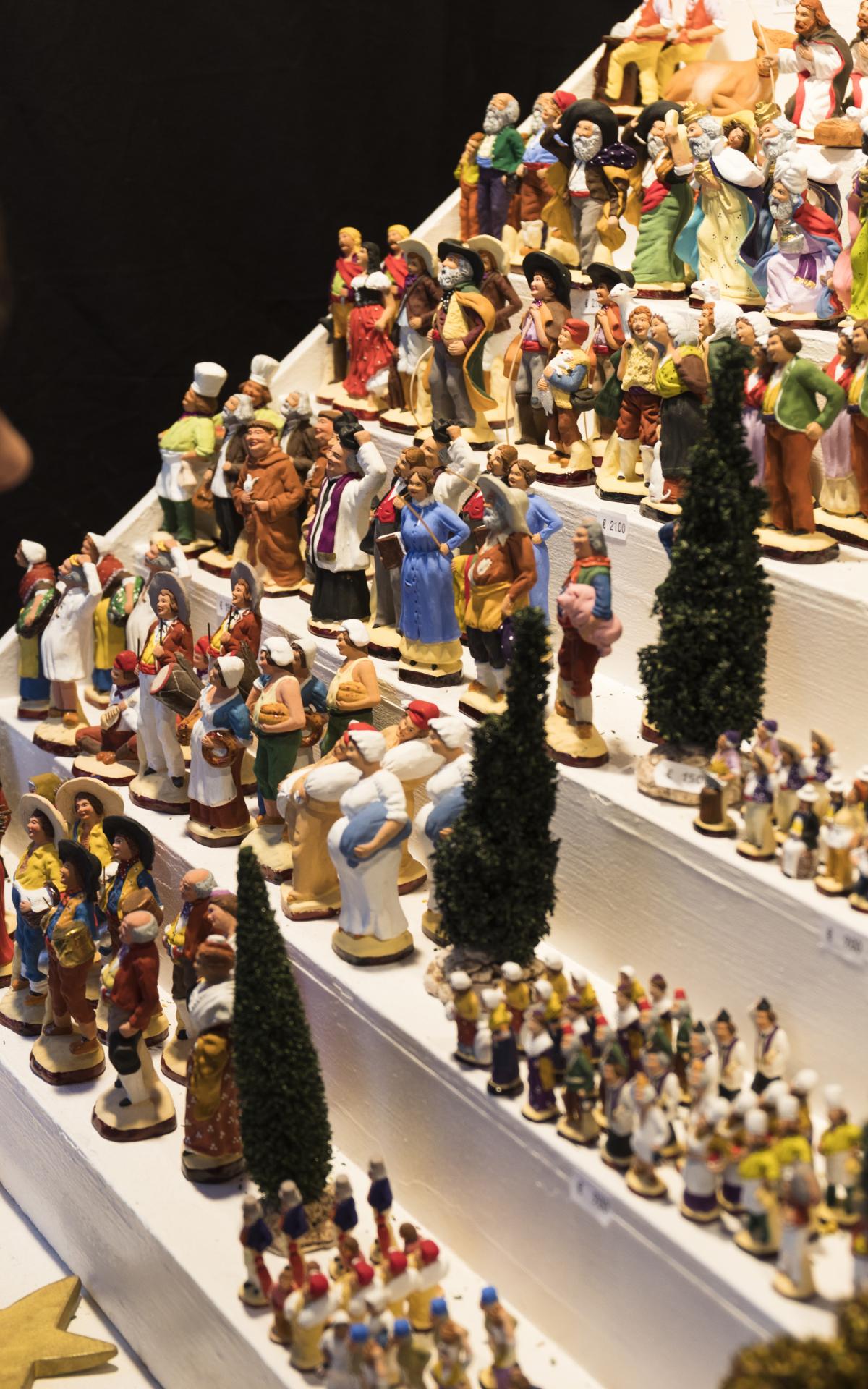
Santons de Provence Marseille Tourisme
Mais entre nous, c'est dans les Bouches-du-Rhône que vous en prendrez plein la vue. À tous les amateurs des petites figurines d'argile, rendez-vous à Aubagne, au village des santons de Provence. Ouvert toute l'année, on y trouve 19 villages dans un décor continu qui met en scène plus de 3000 santons : partez pour un voyage à la.
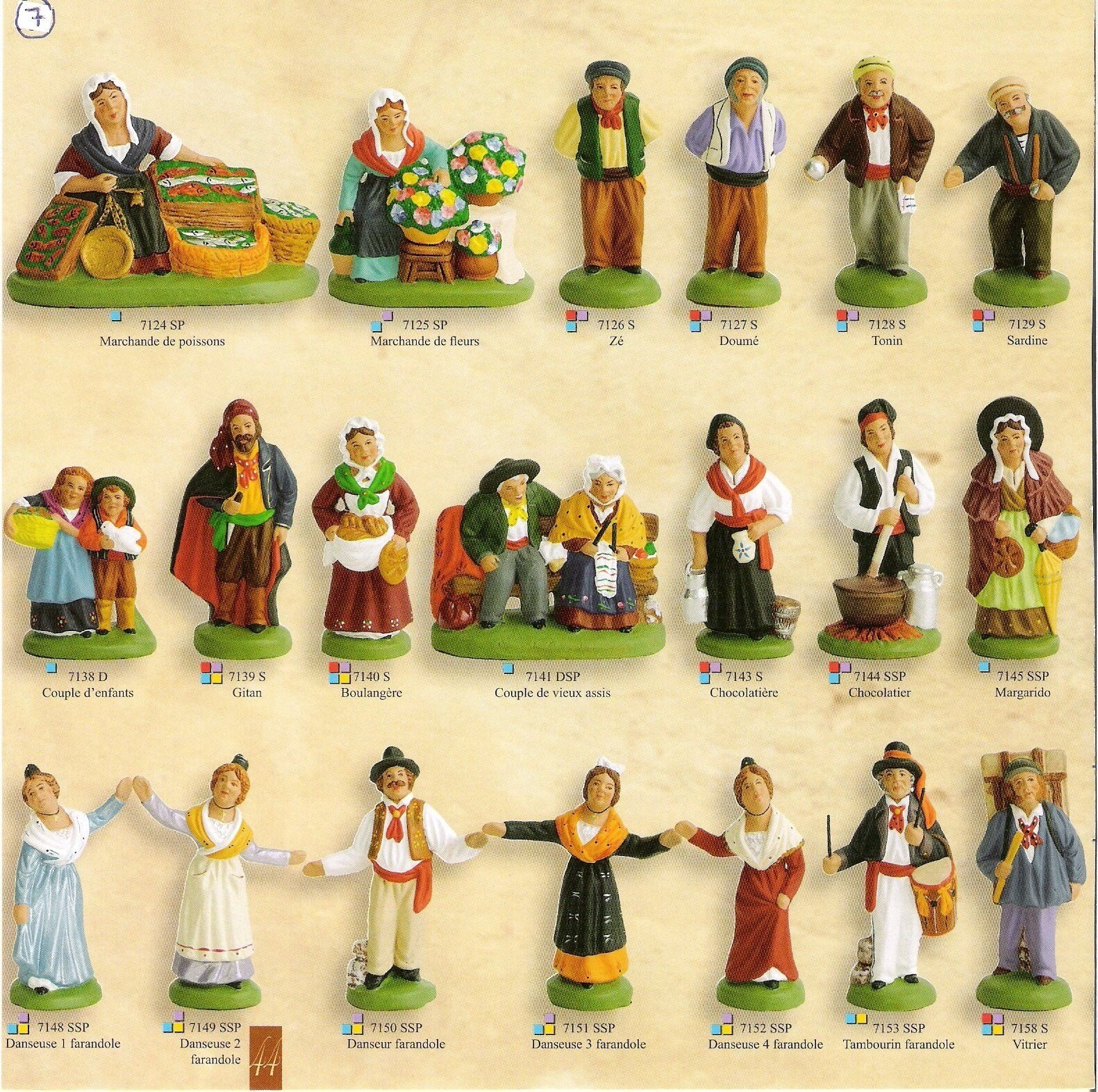
Les santons de Provence Passion Provence
Découvrez nos santons de Provence. Tous nos santons et décors sont fabriqués dans notre atelier à Aubagne, fabrication de santon en terre cuite selon la tradition provençale. Expédition sous 24H, livraison gratuite à partir de 75€ d'achat en France métropolitaine.
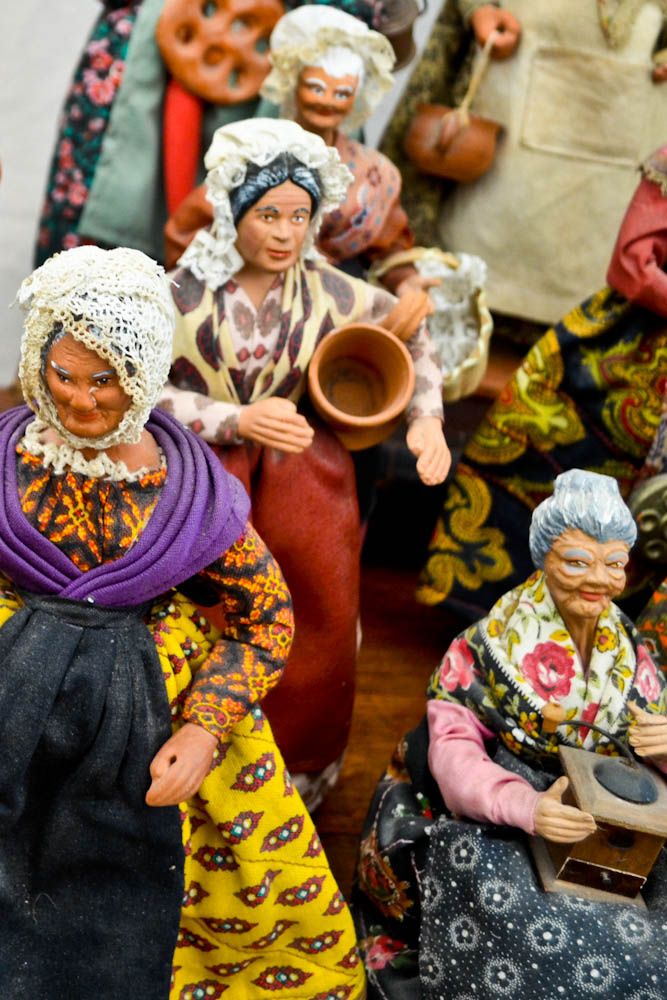
Santons de Provence Discover France SelfGuided Vacations
Christmas just wouldn't be Christmas in Provence without Santons. These hand-crafted terracotta figurines have been an integral part of yuletide festivities since Marseillais santonnier (santon maker) Lagnel produced his first figures during the French Revolution when churches were forcibly closed and their large nativity scenes prohibited. Lagnel crafted small figurines in plaster moulds.

Village des santons en Provence Ville d'Aubagne
modifier. Les santons de Provence sont de petites figurines en argile, très colorées, représentant, dans la crèche de Noël, la scène de la nativité (l'enfant Jésus, la Vierge Marie et saint Joseph, avec l' âne et le bœuf censés réchauffer l'enfant avec leur souffle), les Rois Mages et les bergers, ainsi que toute une série de.
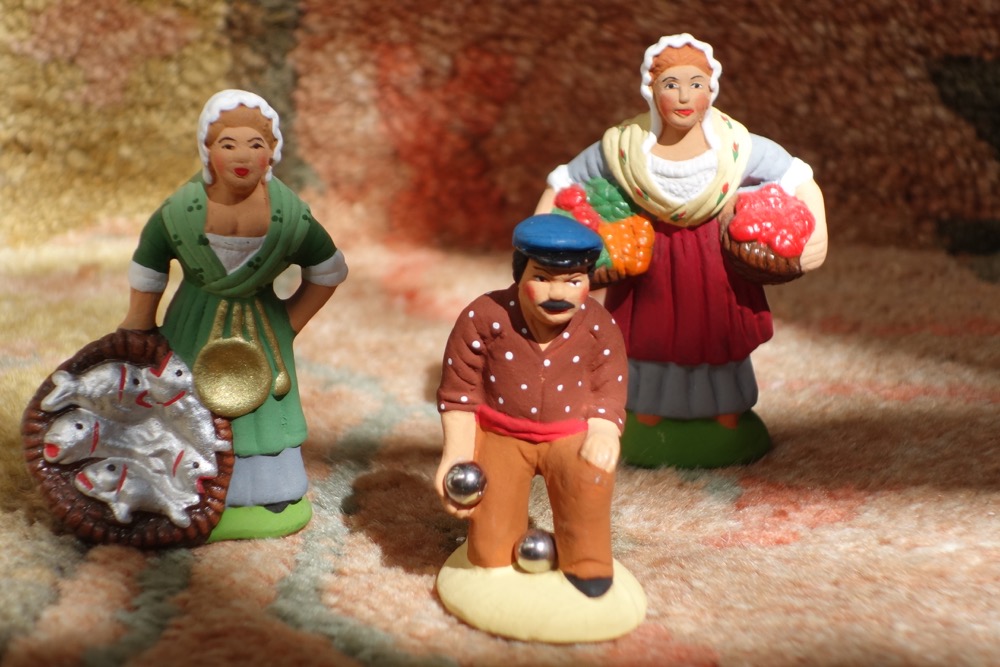
Santons of Provence
Santons are small terracotta figures. Santons (meaning 'little saints') are small figurines made of local Provençal clay from Marseille and Aubagne. When these figures were first made in the 18th century, the clay wasn't fired and they weren't called santons until 1826, as records show, but a tradition that started with just three.
/?1024x768/3/60/anibis/368/284/036/kohCc9caQUey7ZF70jSRlw_1.jpg)
4 Grands Santons de Provence (Simone Jouglas)
They are a lovely French tradition. Santons are used to create a nativity scene ( crèche) with the key religious figurines of Joseph, Mary and Baby Jesus together with the people of the south of France. The most popular Santons representing the people from southern France are the baker, butcher, shepherd, fisherman, wood cutter, washer-woman.
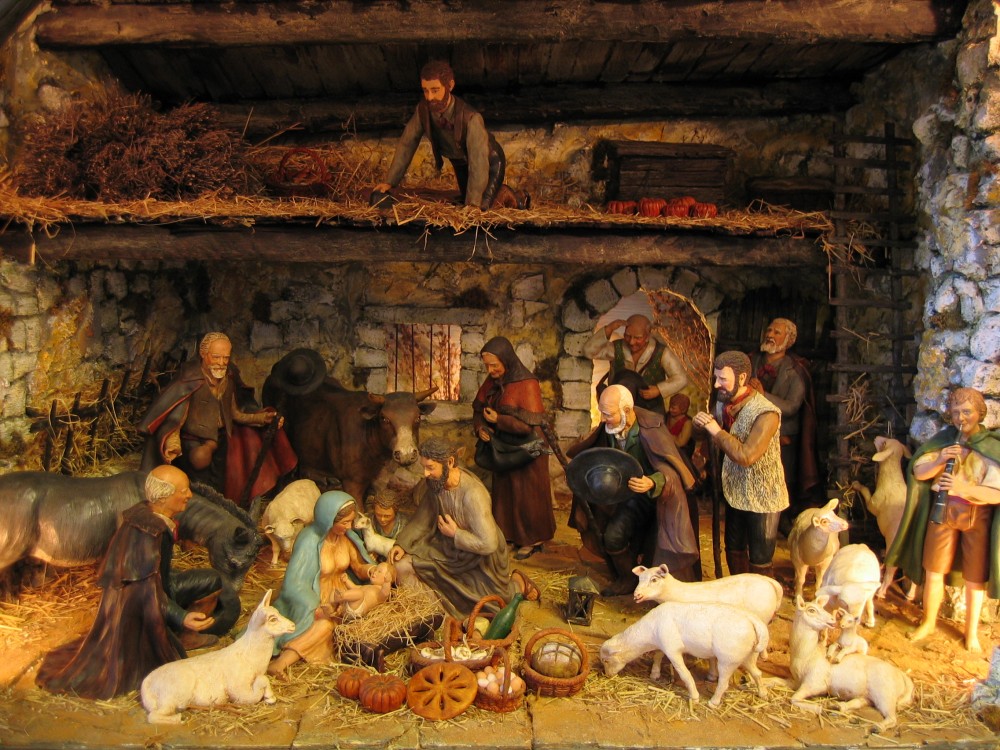
The Santons of Provence A History France Today
In its 100m2 cot, which is open for two months each year, visitors can admire a scene of life in a Provençal village performed by 650 santons. Today, from Marseille to Aix en Provence via Aubagne, there are about 120 santon workshops. Santons of various sizes are either sold already painted or to be painted.
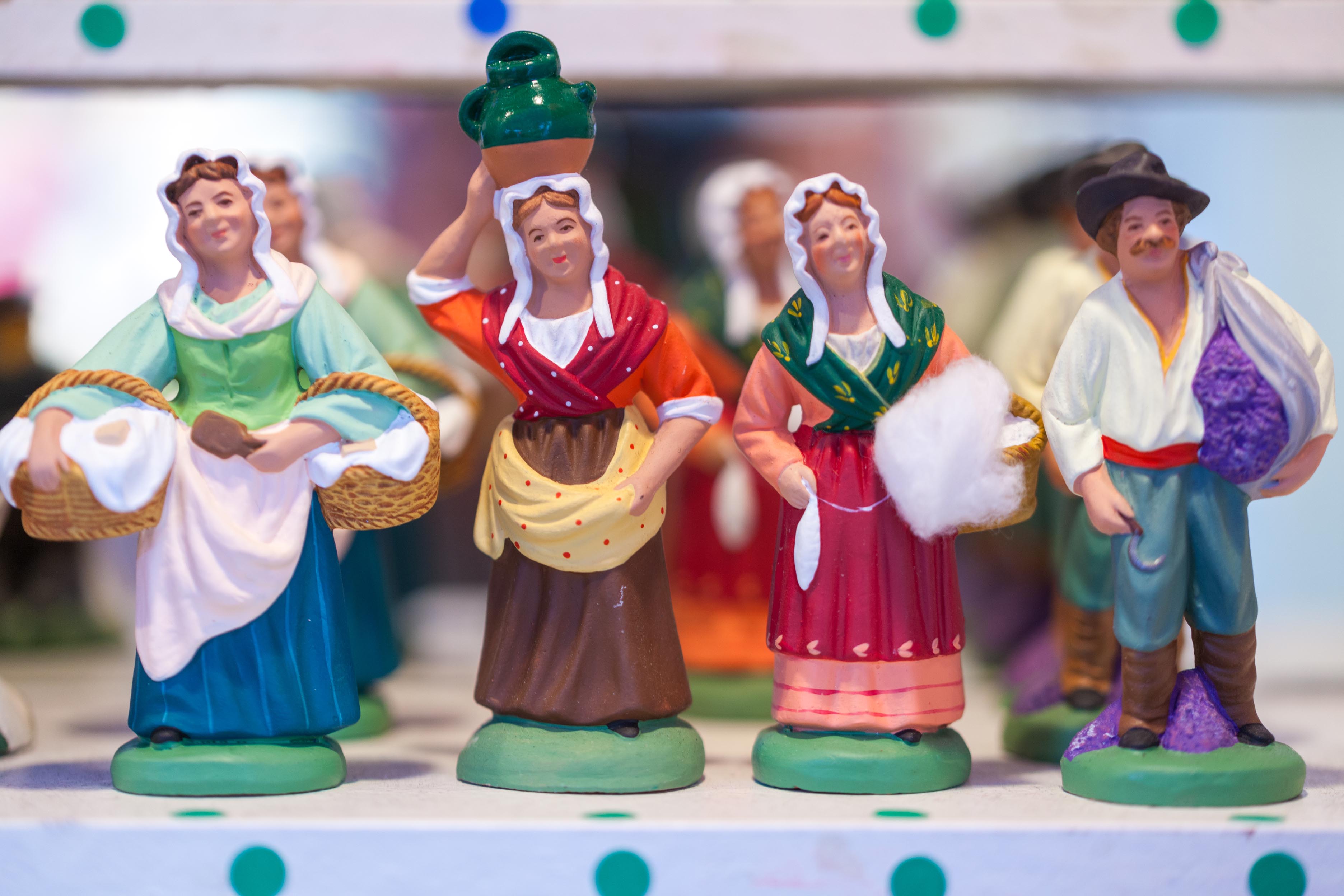
santonsdeprovenceaubagneaixmarseillearlescopyrightmaevadestombes_MG_0352 Délices
These figurines eventually became known as les Santons de Provence. SANTON: from "santoun" is a Franco Provençal word meaning "little saint". By the 19th century, more and more santon makers in Provence (Santonniers de Provence) started popping up in other southern regions of France: Marseille, Aubagne, Aix-en-Provence, Arles, Bouches.

SELF Frei Les Santons de Provence
We open the doors of our workshop located in Aix en Provence, in order to make you discover our profession, and our love for craftsmanship. We show you the stages of the artisanal manufacture of figurines made of clay and painted by hand. Our santons are 100% made in Provence, made with respect for the traditions of Provençal cribs. Discover.
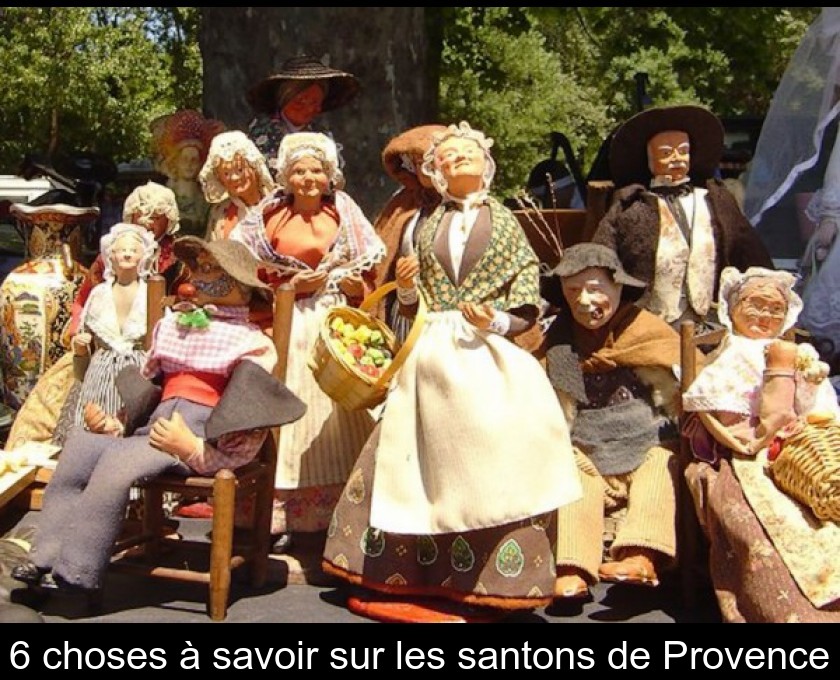
6 choses à savoir sur les santons de Provence
The Santons of Provence. Address: Santons Fouque, 65 Cours Gambetta, 13100 Aix-en-Provence. Transportation: From Place de la Rotonde, you can take bus n°3 to the bus stop "Tour d'Aygosi". From Aix city enter, it's also walkable distance (around 15 minutes). Opening hours: Monday to Saturday 10:00-18:00.